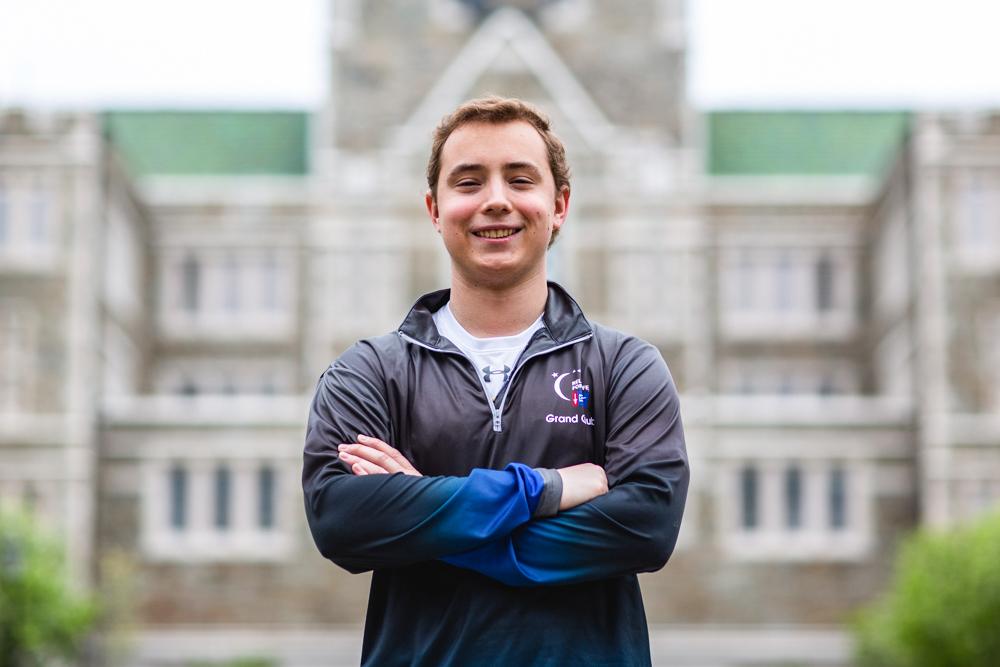
The 14-year-old woke up with a biting pain in his lower-left abdomen, having no idea how the ache began. All Tommy Cleary, CSOM ’20, knew for certain was that he had to get out of bed to play a baseball game for his travel team later that Sunday.
His ailment nagged at him throughout the day and failed to subside by the time he was warming up for the contest. Still, Cleary put his head down and tried his best to play through the pain.
“I figured it was gas or something like that,” Cleary recalled with a grin. “I don’t know, it was a cramp or something, maybe.”
It wasn’t until he had to round third base and sprint home on a shot up the gap between second and short that the pain became too much to bear: He bowed out of the game and headed home, where he discovered he was running a high fever. While a high fever might typically warrant a routine check-up at the pediatrician’s, the office was closed on Sundays, which prompted Cleary’s parents to take him to the emergency room instead.
At Riverview Medical Center in his hometown of Red Bank, N.J., Cleary learned through a blood test that he had an elevated number of white blood cells in his bloodstream—a sign of leukemia. The staff at Robert Wood Johnson University Hospital in New Brunswick confirmed the doctors’ suspicions, diagnosing Cleary with acute myeloid leukemia, a cancer of the myeloid line of blood cells.